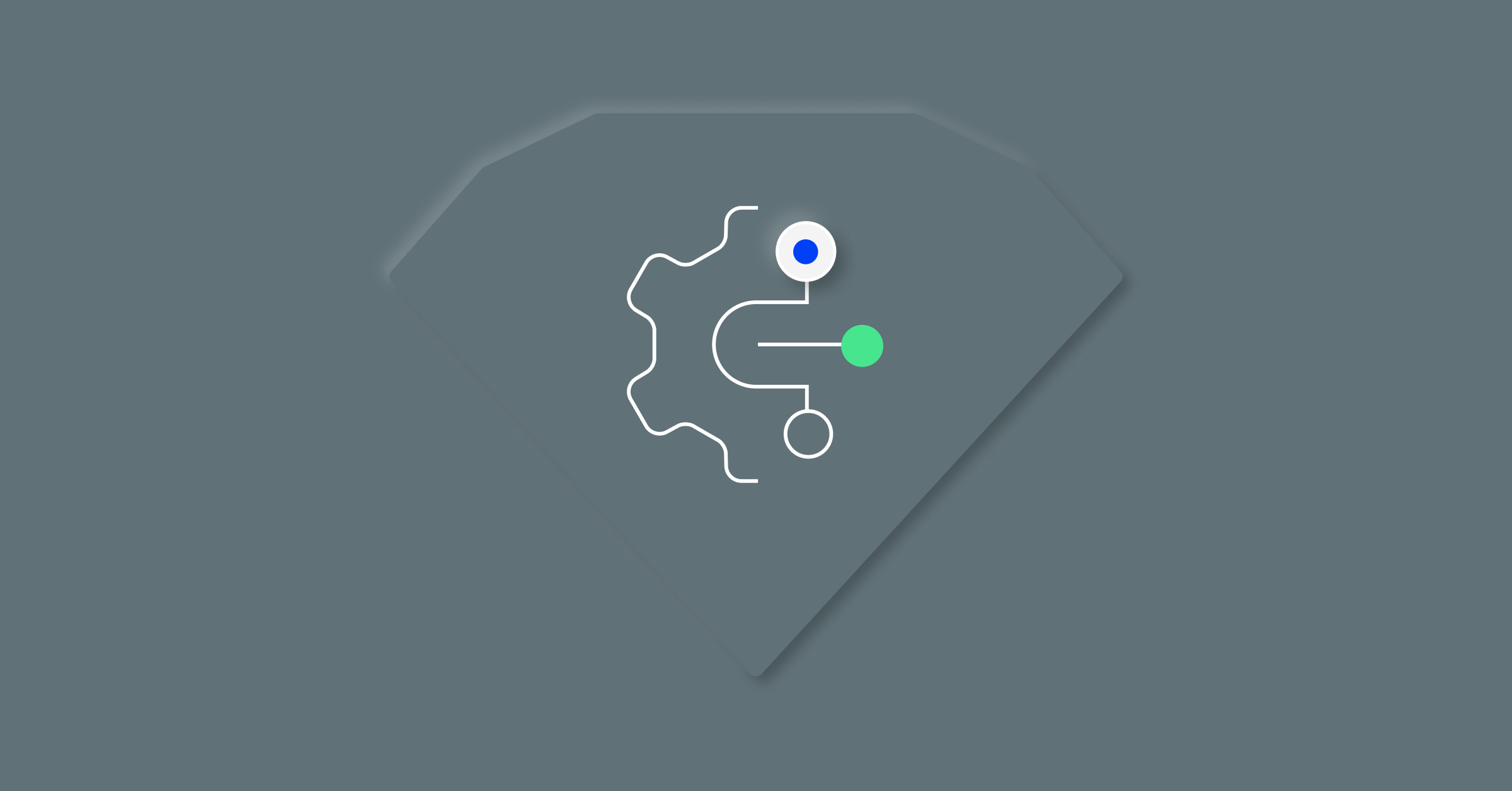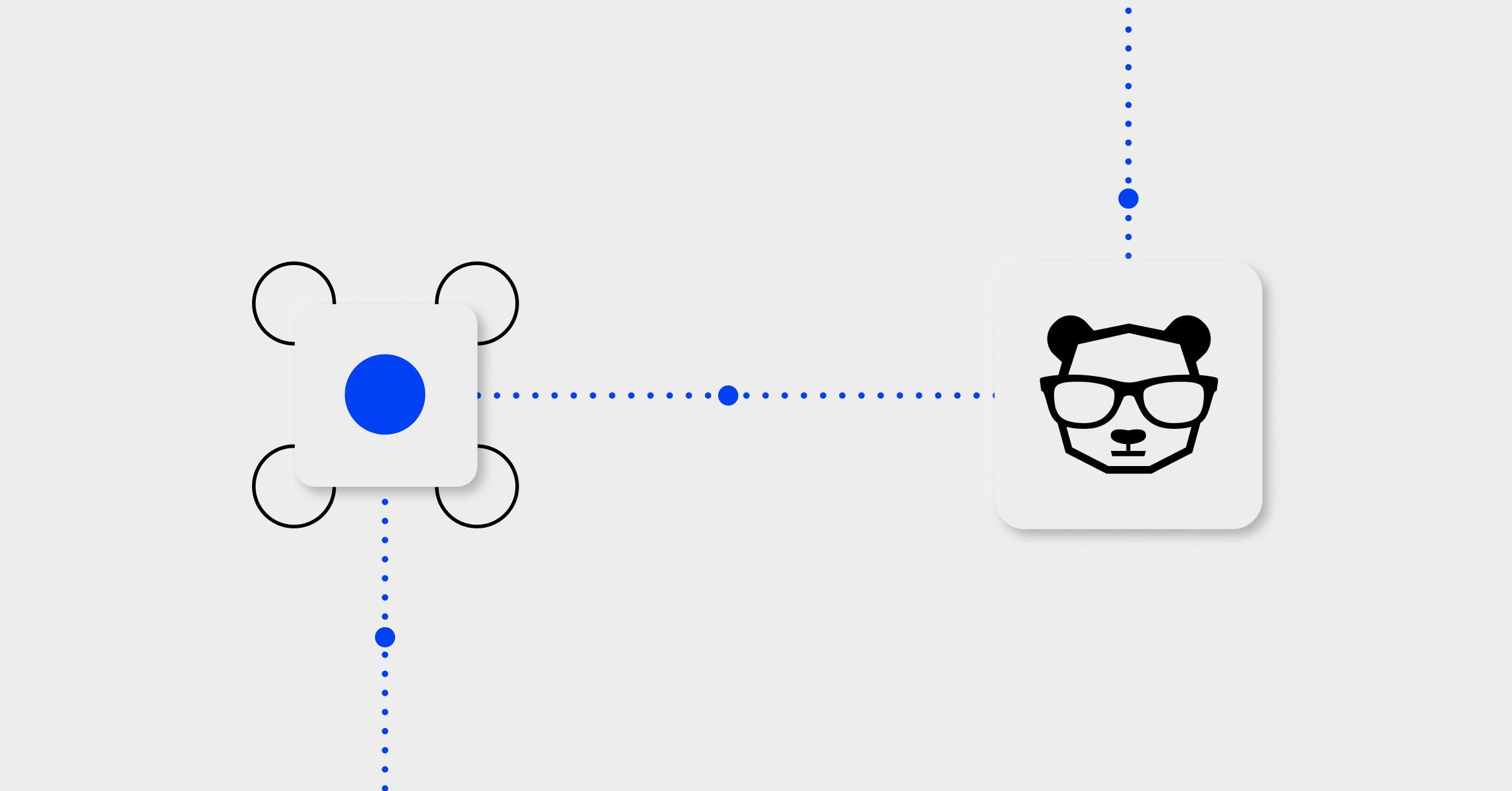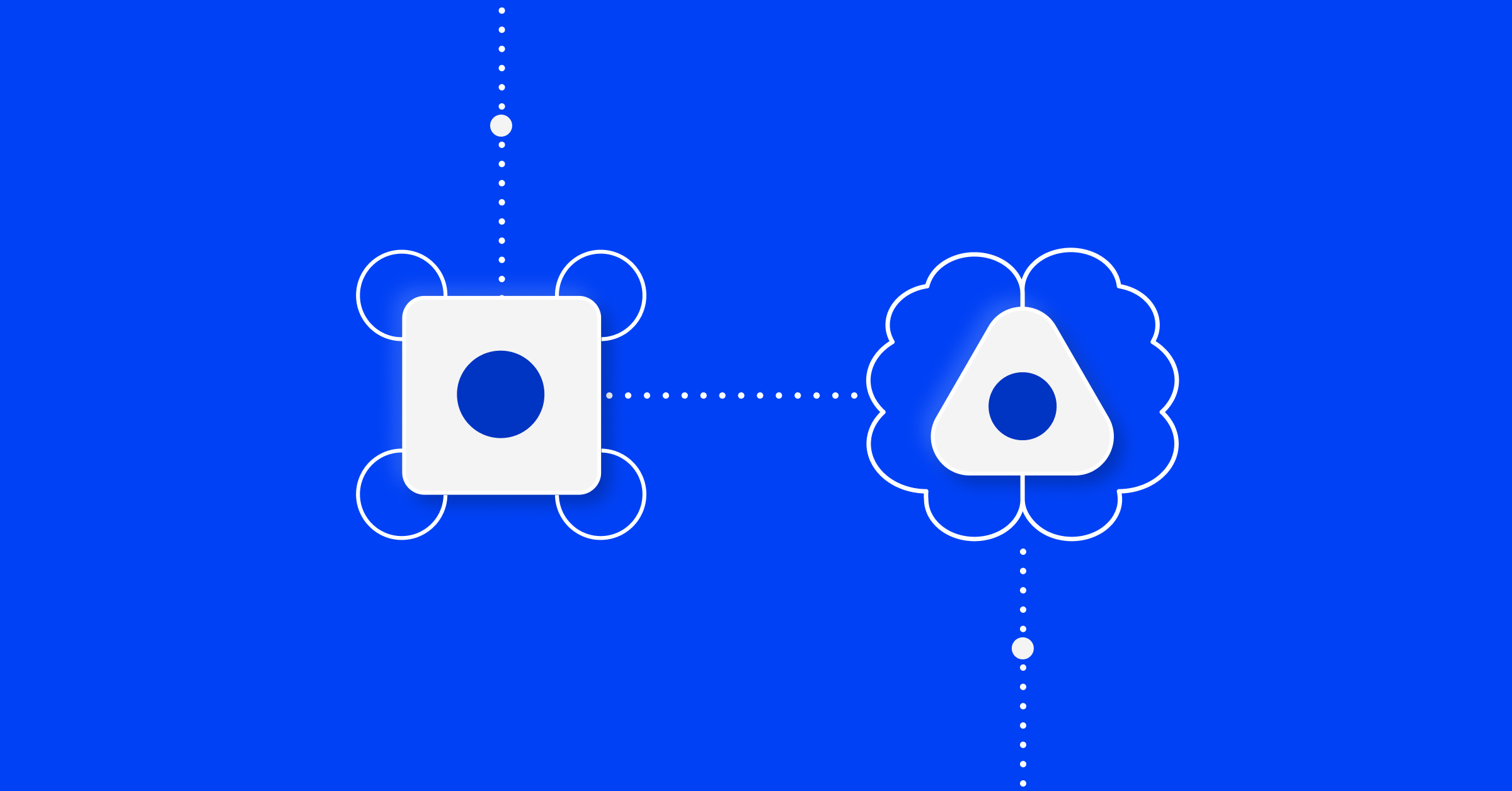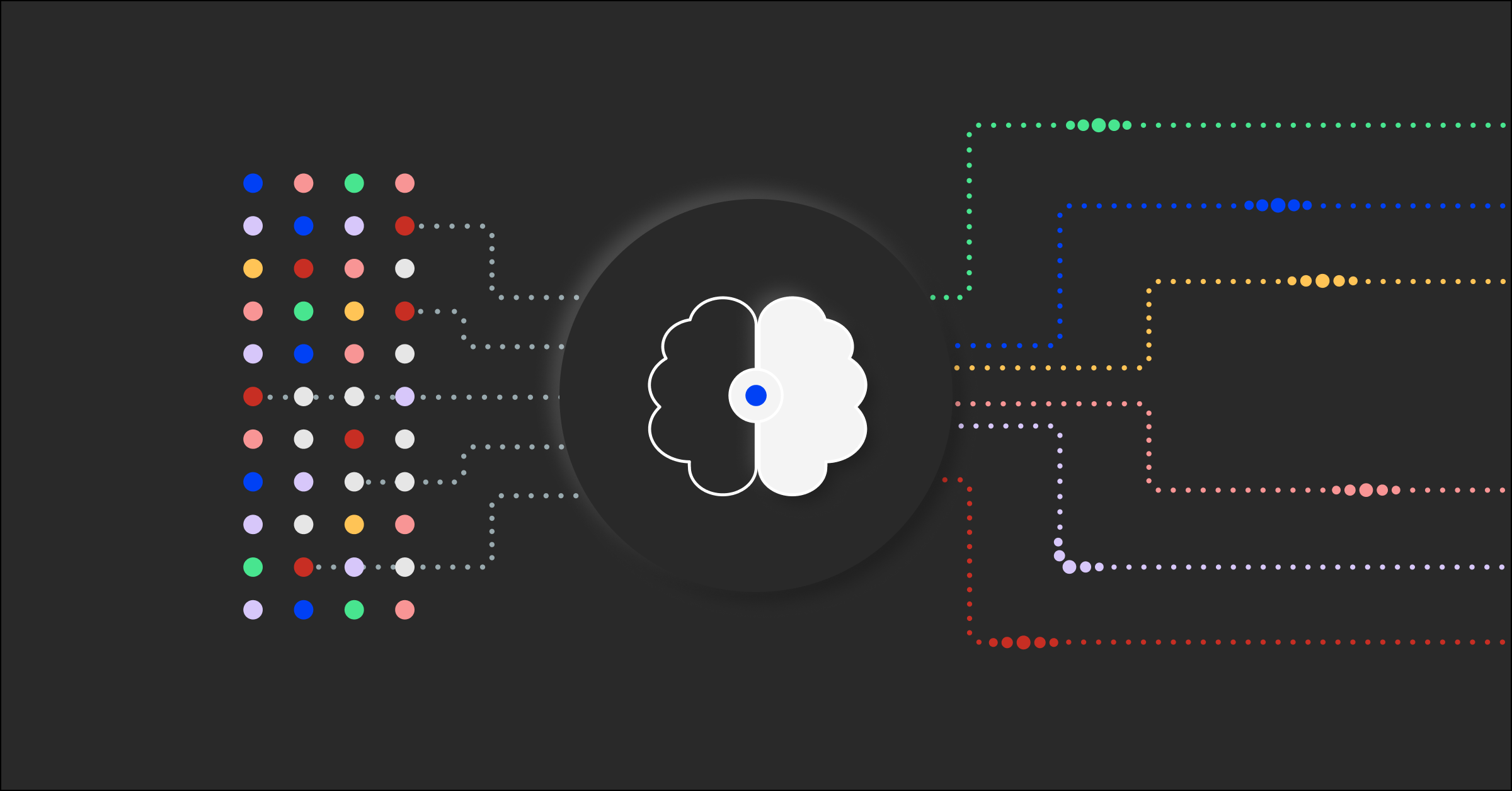Understand AIOps use cases to ensure maximum value

The complexity of modern IT environments and the volume of data they produce have increased by orders of magnitude. According to predictions from UBS, the data universe will grow by more than a factor of 10 — reaching 660 zettabytes — from 2020 to 2030.
This explosive growth exceeds the abilities of legacy event-management tools and human operators. AIOps augments human activities within IT operations using AI, data, and machine learning.
AIOps offers a solution to improve efficiency and automate manual processes.
Successfully deploying AIOps comes with technical and organizational challenges. According to Gartner®, “46% of IT leaders cited issues about understanding the benefits, value, and use cases as top barriers to successful AI implementation.”
To maximize the value, assess where AIOps can provide the most significant impact for your organization.
“Before selecting use cases, infrastructure and operations teams must focus on a tangible pain point or service improvement and the desired outcome — and then determine which, if any, AIOps platform use case applies. While AIOps is an essential component of modern monitoring, it is not a panacea that can address failures across all aspects of IT service delivery and operation,” reports Gartner.”1
Five areas where AIOps platforms deliver benefits
Ingestion
To maximize uptime and ensure service availability, ITOps, observability, and ITSM teams need complete visibility into each technology stack component.
Gartner states that “gaps in visibility must be avoided by including events from the full scope of environments from legacy to modern cloud architectures and SaaS.”1
AIOps platforms ingest data from monitoring, topology, CMDB, change, and historical data sources. Advanced AIOps platforms then process, normalize, and enrich the data with contextual information in real time.
Topology
Constantly evolving application and service topologies make it hard to establish relationships between elements of your IT infrastructure. Fragmentation adds complexity to identifying the root cause and full impact of incidents.
AIOps can combine multiple data sources into a full-stack, real-time topology model. Using the model, teams can more easily identify dependencies and connections, enhancing numerous processes.
Gartner states, “Accurate service topologies based on logical dependency is essential to provide context to events. For instance, an accurate topology can be applied upstream to facilitate root cause analysis, or downstream to enable event correlation and impact assessment.”1
Correlation
AIOps correlates alert, change, and topology data to create a unified view of an incident. By grouping alerts into a single incident, responders don’t have to juggle between multiple monitoring tools. This reduces resolution time and effort.
Event correlation starts with ingesting, normalizing, and enriching the data with context. This contextual information can include incident impact and priority data, routing information, and more.
Recognition
AIOps enhances incident recognition by identifying data patterns or discrepancies that could indicate issues.
This is achieved by ingesting data from a variety of sources across the IT infrastructure and applying advanced machine learning algorithms to perform analysis and triage. During triage, AIOps can significantly reduce alert noise and group data into actionable events. This allows IT teams to identify potential incidents before they become outages.
AIOps platforms can also improve incident triage by recommending actions for remediation and escalation.
Remediation
At advanced implementation stages, AIOps platforms can automate elements of the remediation lifecycle. Gartner says “Using AIOps platforms to identify a potential remediation requires disciplined use of knowledge management processes and an ITSM-integrated knowledge base.”
According to Gartner, “Integration into third-party orchestration, application release automation, RPA or other task automation tools is essential to enable an AIOps platform to recommend an automated remediation.”1
Learn more about AIOps value
AIOps gives organizations powerful capabilities to reduce IT noise, accelerate and streamline incident management, and improve operational efficiency. Whether you’re just beginning your AIOps journey or want to optimize existing processes, you can achieve rapid time to value and empower your IT teams to achieve measurable results.
Download “Achieve quick time to value with AIOps” to learn how BigPanda can bring rapid value to your IT operations and help you transform your business.
1 Gartner, Deliver Value to Succeed in Implementing AIOps, by Matt Crossley, 23 March 2023. GARTNER is a registered trademark and service mark of Gartner, Inc. and/or its affiliates in the U.S. and internationally and is used herein with permission. All rights reserved.
Gartner, Deliver Value to Succeed in Implementing AIOps Platforms, By Matt Crossley, 23 March 2023
GARTNER is a registered trademark and service mark of Gartner, Inc. and/or its affiliates in the U.S. and internationally and is used herein with permission. All rights reserved.
Objectivity Disclaimer: Gartner does not endorse any vendor, product or service depicted in its research publications, and does not advise technology users to select only those vendors with the highest ratings or other designation. Gartner research publications consist of the opinions of Gartner’s research organization and should not be construed as statements of fact. Gartner disclaims all warranties, expressed or implied, with respect to this research, including any warranties of merchantability or fitness for a particular purpose.



